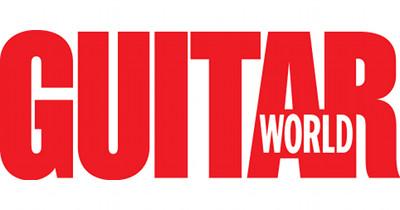 Edward James “Son” House (1902–1988), born and raised in the Mississippi Delta (Northwest section of MS, the birthplace of the blues), was a preacher, pastor and singer in...
Edward James “Son” House (1902–1988), born and raised in the Mississippi Delta (Northwest section of MS, the birthplace of the blues), was a preacher, pastor and singer in...
Edward James “Son” House (1902–1988), born and raised in the Mississippi Delta (Northwest section of MS, the birthplace of the blues), was a preacher, pastor and singer in his youth, his strong religious beliefs making him hostile to blues and all secular music.
But hearing a friend play slide guitar changed House’s perspective forever. At age 25, instantly “converted,” he acquired a guitar and was gigging within weeks, his first record issued in 1930. During the Great Depression, the guitarist’s records didn’t sell well, but the local sensation influenced the likes of Robert Johnson and Muddy Waters.
House’s 1941-42 “archival” recordings by ethnomusicologist Alan Lomax (for the Library of Congress) should’ve been his last; he moved to Rochester, New York, quitting music to work as a railroad porter and chef in 1943.
Fast forward to 1964, the folk/blues revival in full swing, House’s recordings are “rediscovered” by record collectors, and invitations to tour/record begin pouring in. Interestingly, Canned Heat guitarist Alan Wilson (a huge House fan) helped the blues legend relearn his original songs! From the Sixties onward, House—and his use of National resonator guitars (“Style O”)—influenced music makers from Buddy Guy, Eric Clapton and Jimmy Page, to Jack White, Derek Trucks and Warren Haynes.
House often used open-G tuning, at times sounding a half step or more sharp, due to either tuning by ear without a reference pitch or recording equipment tape-speed calibration inaccuracies. “Levee Camp Moan,” like FIGURE 1, shows his patented open-position blues moves (bars 1 and 3), with the lower strings thumb-strummed on each beat, while upper strings sound from upward index finger “flicks.”
Bar 2 illustrates House’s “moveable” dominant chord (“C7”), its low/high notes strummed in alternation. The guitarist makes the fifth-to-eighth fret stretch with his middle finger, but the pinkie is fine;